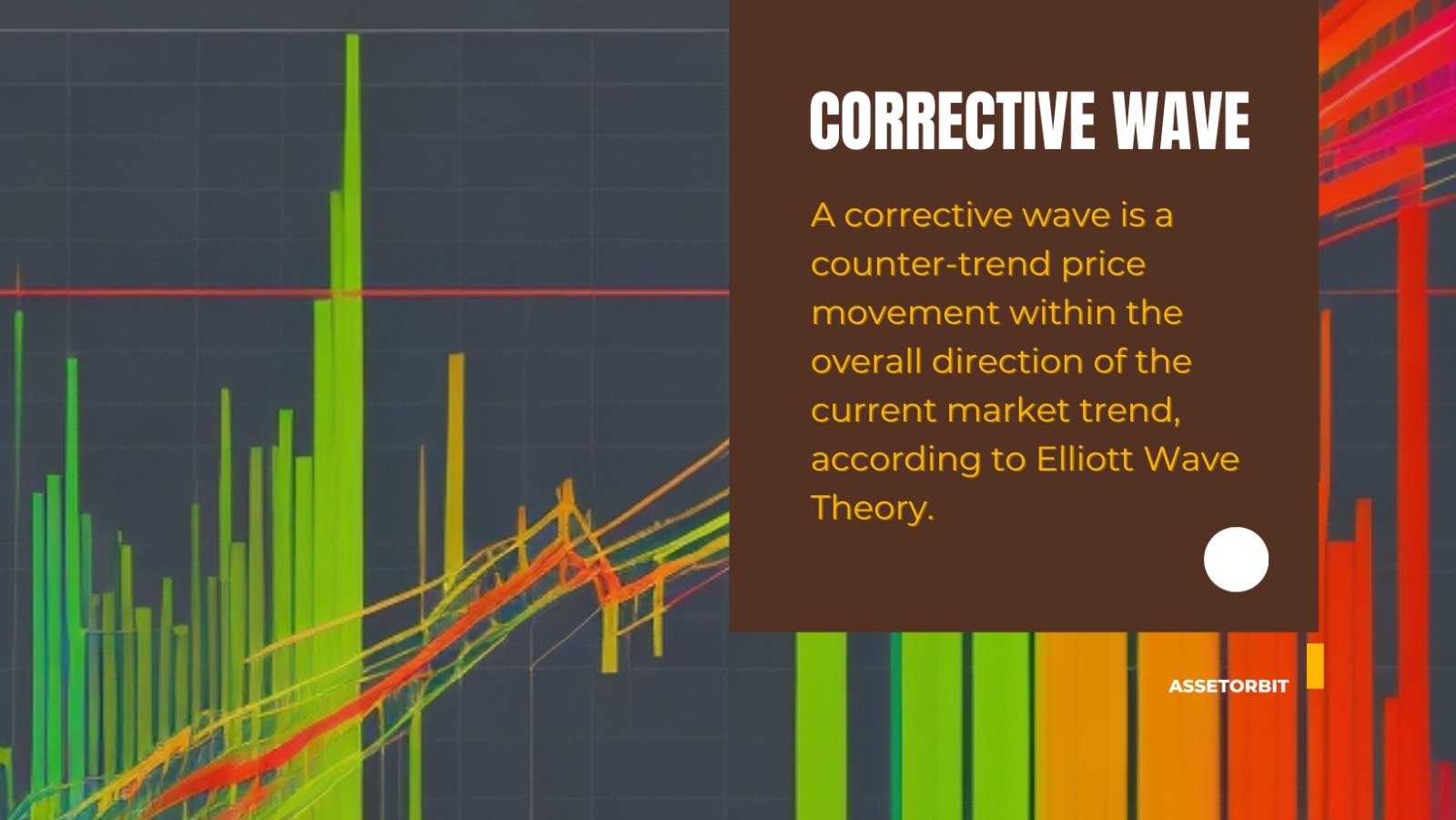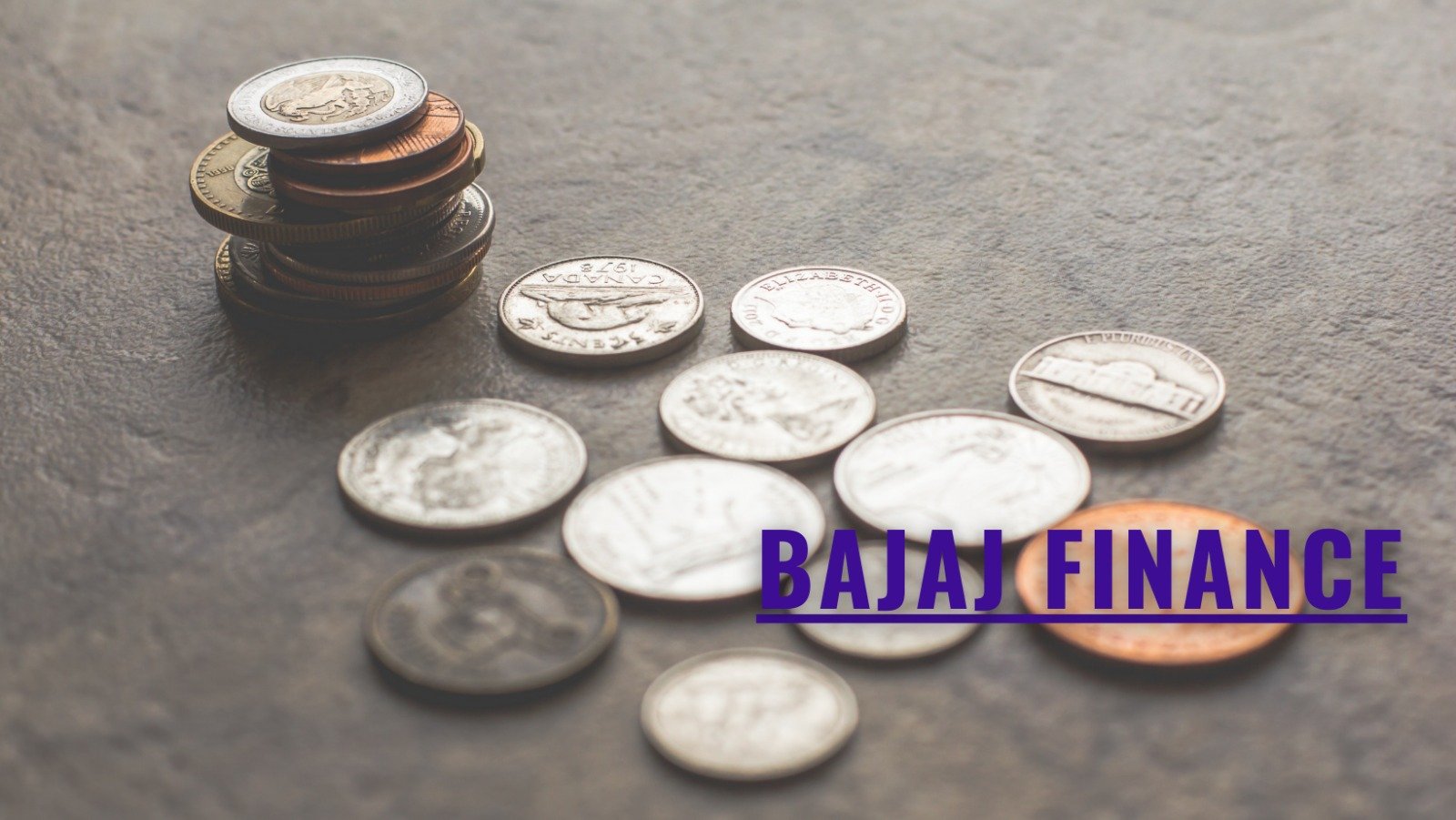What are Fibonacci levels?
Fibonacci levels are horizontal lines on a price chart used in technical analysis to identify potential support and resistance levels based on key Fibonacci ratios. These levels, including 23.6%, 38.2%, 50%, 61.8%, and 78.6%, are used to analyze price retracements and extensions.
In short
Understanding of Fibonacci ratios
Fibonacci ratios involves several key points
1. Fibonacci Sequence
- The Fibonacci sequence is a series of numbers in which each number is the sum of the two preceding ones, often beginning with 0 and 1 and progressing indefinitely.
- The series (0, 1, 1, 2, 3, 5, 8, 13, 21,…) is endless, and the ratio of consecutive numbers approaches the golden ratio.
2. Golden Ratio (Phi)
- The golden ratio, denoted by the Greek letter phi (Φ), is approximately 1.618.
- It is a mathematical concept frequently observed in nature, art, and architecture.
3. Fibonacci Ratios
- Fibonacci ratios, derived from the Fibonacci sequence, are crucial levels utilized in technical analysis.
- 23.6% Retracement: The first level, considered a shallow retracement.
- 38.2% Retracement: The second level, indicating a deeper retracement.
- 50% Retracement: Though not a true Fibonacci ratio, it is included and considered a significant level.
- 61.8% Retracement: Often referred to as the golden retracement, a strong support or resistance level.
- 78.6% Retracement: Deeper retracement level used in Fibonacci analysis.
4. Fibonacci Retracement
- The use of horizontal lines on a price chart at Fibonacci ratios can help identify potential support and resistance levels.
- Traders utilize these levels to anticipate price retracements following significant market changes.
5. Fibonacci Extensions
- Extensions beyond 100% (161.8%, 261.8%, etc.) are used to project potential future price levels in the direction of the prevailing trend.
- Extensions assist traders in identifying where a trend might continue.
6. Application in Technical Analysis
- Fibonacci ratios are a crucial tool in technical analysis for analyzing price fluctuations, identifying trend reversals, and determining entry and exit points.
- Traders frequently combine Fibonacci analysis with other technical tools for a comprehensive market analysis approach.
Mastering the Power of Impulse Waves: Rules, Guidelines, and Patterns
Fibonacci Levels with the Elliott Wave
Retracement
- Corrective waves are assessed using ratios of up to 100%. For example, in a five-wave sequence, wave 2 can travel all the way to the beginning of wave 1, but not below. When wave 2 reaches the start of wave 1, it is said to have retraced 100% of wave 1.
- The most common retracement of wave 2 is up to 50% level. But wave 2 sometimes retraces up to 61.8% of wave 1.

Retracement Levels
- A typical wave 4 correction can range from 38.2% to 50% of the wave 3 distance.
Extension
- When a correction has ended and a new wave 1 has been completed, expect the upcoming wave to travel a minimum distance equal to 100% of Wave 1. If the third wave starts from 61.8% or 100% retracement level, it should move a distance of 161.8% of Wave 1. If the third wave exceeds this measure by more than a few points, traders should plan for an extension. R N Elliott suggests that one of the three impulse waves within a five-wave move will likely be extended.

Extension Levels - The Fibonacci ratio series is used to estimate wave 5‘s terminal positions by calculating the distance from wave 1 to wave 3, as well as 38.2% and 61.8% measures. As a result, there are two probable targets for Wave 5. If all waves were normal, wave 5 should be an extended wave with a target range of 100% of the distance from points from 0 to 3.
Why was Fibonacci discovered?
The Fibonacci sequence and golden ratio were not discovered like scientific principles or natural phenomena but were introduced to the Western world by Italian mathematician Leonardo Fibonacci.

Leonardo Fibonacci, also known as Leonardo of Pisa, introduced the Fibonacci sequence to the Western world in his 1202 book Liber Abaci,(The Book of Calculation) which had already been described in Indian mathematics.
Fibonacci was not trying to uncover a natural phenomenon or scientific theory, but rather was addressing a rabbit breeding problem. The Fibonacci sequence is derived from a mathematical issue involving the expansion of an imagined rabbit population. The Fibonacci sequence was named after the sequence in which each number is the sum of the two preceding ones (0, 1, 1, 2, 3, 5, 8, 13, and so on).
The golden ratio, often linked to the Fibonacci sequence, is calculated by comparing the ratios of consecutive Fibonacci numbers as they approach infinity, approximately 1.618.
Fibonacci introduced mathematical principles to Europe for problem solving, but he did not anticipate their broad use in art, architecture, and finance. The Fibonacci sequence and golden ratio gained popularity throughout time as people realized their mathematical features and aesthetic appeal.
Final thoughts
The Elliott Wave theory and Fibonacci retracement levels offer traders a powerful analytical approach for understanding and predicting market movements. By combining Elliott Wave’s wave patterns with Fibonacci ratios, traders can identify potential reversal zones and forecast corrective waves’ termination points. This dynamic combination provides insights into the impulse and corrective phases of market trends. Fibonacci levels complement the Elliott Wave principle, helping traders identify areas of confluence where wave counts align with key retracement levels, increasing the probability of accurate predictions. However, traders should exercise caution and recognize that no strategy is foolproof. The effectiveness of combining Fibonacci levels with Elliott Wave theory may vary, and traders should integrate this strategy into a broader toolkit. Continuous learning, adaptability, and a comprehensive market analysis approach are essential for successful trading with Fibonacci levels and Elliott Wave theory.
FAQ
What is the key Fibonacci ratio?
The key Fibonacci ratios are essential for trading and technical analysis, derived from the Fibonacci sequence. They represent three primary retracement levels: 38.2%, 50%, and 61.8%, with 38.2% indicating a common pullback, 50% indicating a halfway retracement, and 61.8% the golden ratio, indicating potential reversals. Traders use these ratios to identify support or resistance in financial markets, but no single ratio guarantees success.
What are the most powerful Fibonacci levels?
The 38.2%, 50%, and 61.8% Fibonacci levels are widely used in trading for identifying key areas of support or resistance in financial markets. These levels, along with the golden ratio, are considered the most powerful for technical analysis, helping traders make informed decisions about potential price movements. While no single Fibonacci level guarantees success, the combination of these levels is considered a powerful tool for trading.
Why is 1.618 so important?
The number 1.618, also known as the golden ratio or phi, is significant in trading and technical analysis due to its prevalence in natural phenomena, art, architecture, and the Fibonacci sequence. As the sequence progresses, the ratio of consecutive numbers approaches the golden ratio, approximately 1.618. In trading, the 1.618 level is applied through the Fibonacci retracement tool, marking a key level for potential trend reversals. Traders use this level, along with other Fibonacci ratios like 38.2% and 50%, to identify potential areas of support or resistance in financial markets. However, the significance of these ratios is subjective and can vary based on market conditions and individual trading strategies.
What is the golden zone in Fibonacci?
The golden zone in Fibonacci trading is a range between 38.2% and 61.8% Fibonacci retracement levels, representing potential areas of support or resistance in a price trend. It includes the 50% retracement level, a key point indicating a halfway retracement of the previous price move. Traders use the golden zone to identify potential reversal points or areas where a financial instrument may experience a bounce or shift in direction. The 38.2% level is a moderate retracement, the 50% level a halfway point, and the 61.8% level is the golden ratio, a strong potential reversal point. However, trading involves risk and no single strategy or zone guarantees success.
Can I use Fibonacci retracement on daily chart?
Fibonacci retracement is a widely used tool for analyzing daily charts, identifying significant price swings or trends, and applying Fibonacci levels to these moves. It can be applied to charts of different durations, such as minute, daily, weekly, and monthly charts. The key is to choose a timeframe that aligns with your trading or investing strategy. The retracement levels, typically 38.2%, 50%, and 61.8%, are then used to identify potential support or resistance levels where a price correction may occur. However, Fibonacci retracement should not be used in isolation; traders often combine it with other technical analysis tools for more informed decisions.
How accurate is Fibonacci?
The accuracy of Fibonacci retracement levels in predicting price changes in financial markets is a point of contention among traders and analysts. Fibonacci retracement is a tool for identifying probable support and resistance levels in a price trend that is based on the Fibonacci sequence and ratios (38.2%, 50%, and 61.8%). Traders frequently utilize Fibonacci retracement levels in conjunction with other technical indicators, chart patterns, and fundamental analysis to improve the resilience of their trading techniques. Furthermore, the efficiency of Fibonacci analysis may alter depending on market conditions and financial instruments.
Chart Source: tradingview.com
Disclaimer
This article is provided for informational purposes only and does not offer financial advice. Trading and investing involve risk, and past performance is not a guarantee of future outcomes. Before making investment decisions, readers should conduct their own research and consider their individual circumstances. The author and platform are not responsible for any financial losses or damages resulting from the use of this information. Get personalized advice from a trained financial counselor.



